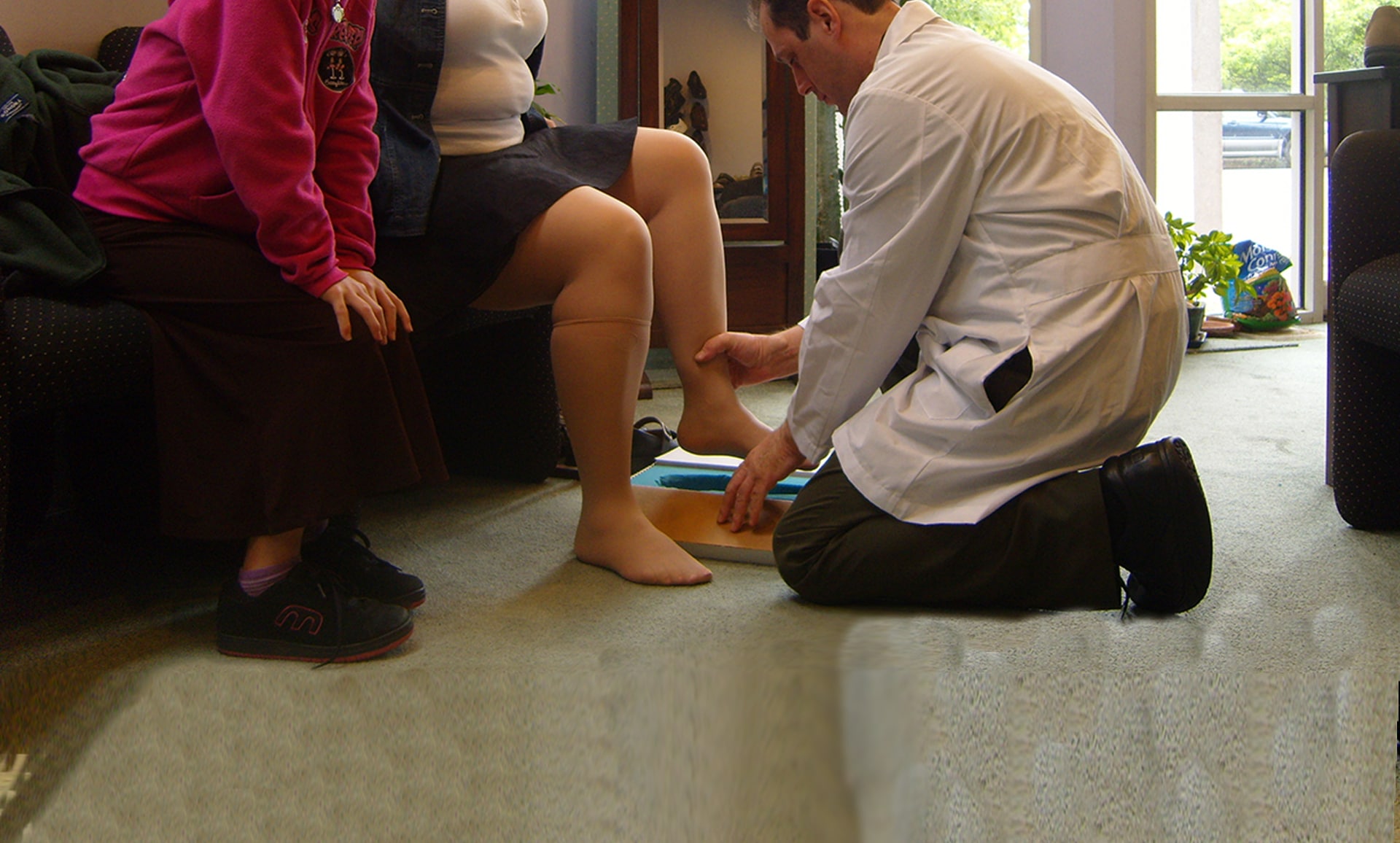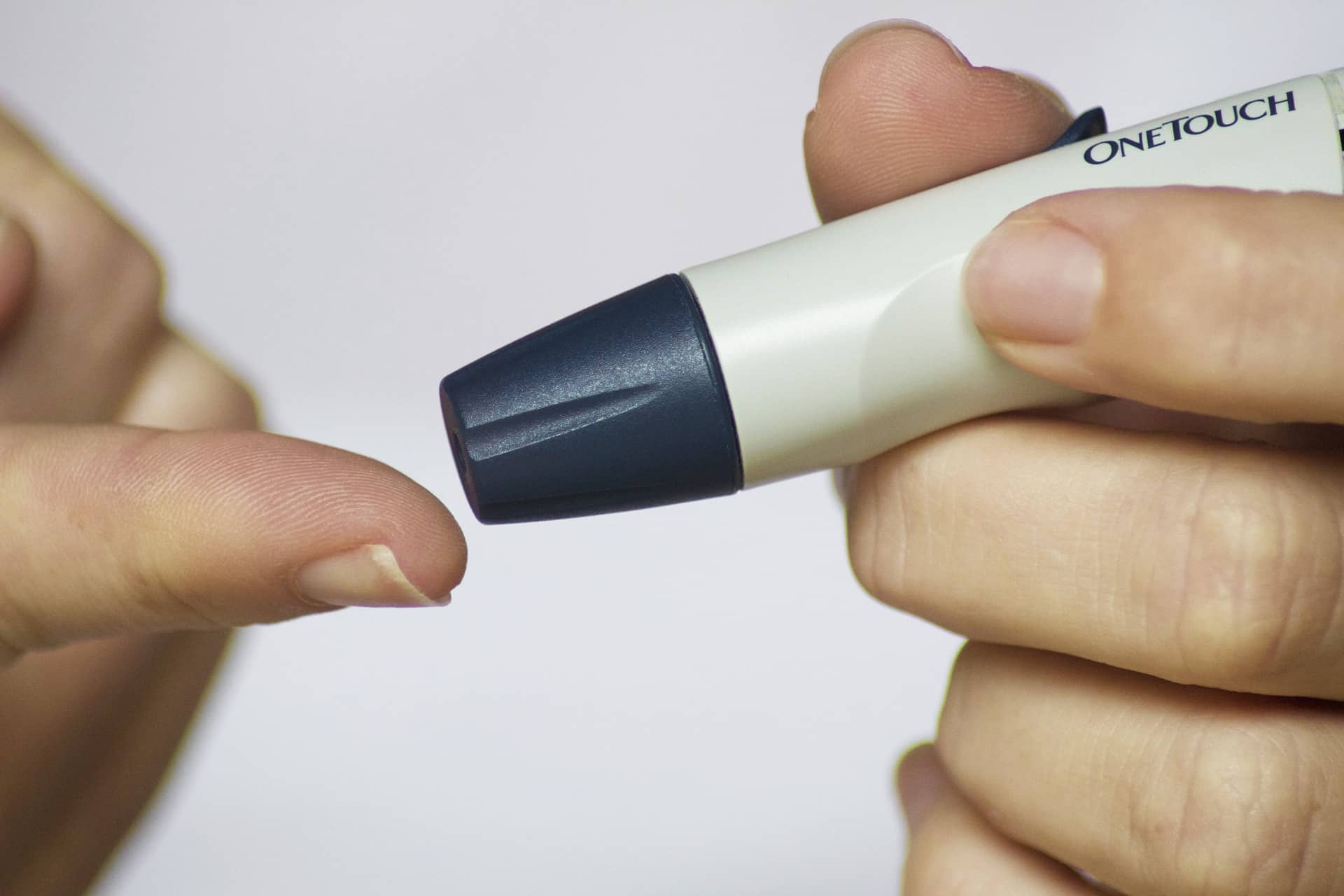Treating Diabetic Wounds & Ulcers
Diabetes is essentially a pathological condition in which the body’s ability to break down sugar is compromised. The increased blood sugar causes white blood cells to become less effective making it difficult for wounds to heal. Diabetic wounds and cuts are common and, for a diabetic patient, can cause severe life—threatening problems. Diabetic foot wounds are mostly a result of negligence and poor control of diabetes. They commonly occur on the soles of the feet.
Risk Factors For Diabetic Wounds
The pressure exerted by the body during movement slits the skin exposing the layers underneath. The factors that further worsens the condition are:
- Obesity: this exerts further pressure on the wound;
- Moisture: further worsens the condition as moisture provides suitable environment for the bacteria to grow.
- Poor Immunity: the immune systems fails to repair cuts and bruises on the skin thus exposing the sensitive layers to damage causing infections and abscess, if not healed timely this can lead to amputation of the limb.
- Poor Circulation: PAD (Peripheral Arterial Disease) can cause major issues for diabetic patients as it worsens the wounds by restricting the blood flow to the limbs thus disabling the blood to heal the wound.
- Diabetic Neuropathy: due to damaged nerve endings, a condition acquired by diabetic patients, the cuts and blisters can’t be felt by the patient because of which they often go unnoticed, ignorance worsens the wound making recovery difficult (NOTE: Inspection of the feet should be made a routine activity to keep a check on these ailments.)
Symptoms of Diabetic Wounds
The best practice would be to get the wound checked by a Podiatrist after the symptoms start to show. The patient may feel:
- A swollen, plump area having a slightly warmer feel than the rest of the skin of the sole.
- Fever accompanied by chills, goosebumps and shivers may be experienced in the advanced stages of the ulcer.
- Foul smelling discharge called Abscess oozing out of the wound if the infection persists.
- Hardened, thick skin around the wound which gives a jolt of pain when touched, often called a “Corn”.
- Pressure on the wound makes it worse. Consider a water-filled balloon, what will happen if you step on it? The balloon will pop under the pressure. Similarly with the wound. Our weight applies pressure on it thus driving it to the point of extreme damage. Well, there is a better alternative that we can take.
Specialized wound care supplies, including Offloading Footwear, can be used to control and treat these problems. The word “Offload” means to unload and minimize the burden. Offloading footwear redistributes body weight along the sole of the foot in such a manner that the wound is not sustaining all the body weight. Reducing and removing pressure from a load-bearing ulcer is the key to the resolution of that ulcer. The methods used to achieve this are discussed in a separate post. Diabetic patients have abnormal peak plantar pressures meaning there is a higher risk of damage to pressure points which causes ulcerations.
For Therapeutic Footwear to be effective, complete involvement of the patient is an absolute must!
The type of Offloading Footwear used for treatment will vary according to the needs of the patient and the characteristic of the his or her diabetic wounds.
Stock footwear
A little different than the commercially available footwear, these have additional depth and width to adjust for the insoles that may be necessary.
Modular/semi-bespoke footwear
Similar to stock footwear this type usually has one or two extra additions to cater to deformities that cannot be addressed to using stock footwear alone.
Bespoke footwear
This type of footwear is made exclusively for the need of a single patient; this may be due to some unique deformity or critical ulceration.
Studies have shown that patients who wore therapeutic footwear had a 30% difference in recurrence of the ulcer as compared to those who wore normal footwear. The wounds heal a lot slower for the diabetic patients but the proper use of specialized footwear can assist in the recovery as well as make it easier for those affected to carry on their day to day functions.




You got me when you said that you can expect abscess to ooze out of the wound if they are getting infected. With that in mind, I’ll make sure to find a wound care clinic for my dad. All his wounds on his feet look so bad. This is because they have never been cleaned and treated. In fact, they keep on bleeding at times. We don’t want his wounds’ condition to get worse.
Twelve months ago I constantly had to go to the bathroom. I thought it was because I gave up soft drinks and was only drinking water. One day I had a stomachache. I was in bed for 4 days. The doctor’s appointment was for a Wednesday. I got sick and went to emergency room on a Monday. I was told my blood sugar level was 810 and I have diabetes. I was taking taking metformin 1000 mg twice daily. It Wasn’t really helping Last year, a family friend told me about Organic Herbal clinic and their successful Diabetes TREATMENT, I visited their website ww w . organicherbalclinic. co m and ordered their Diabetes Formula, i am happy to report the treatment effectively treated and reversed my Diabetes, most of the symptoms stopped, I’m able to eat well, sleep well and exercise regularly., I’m pretty active now and my attitude is extremely positive.